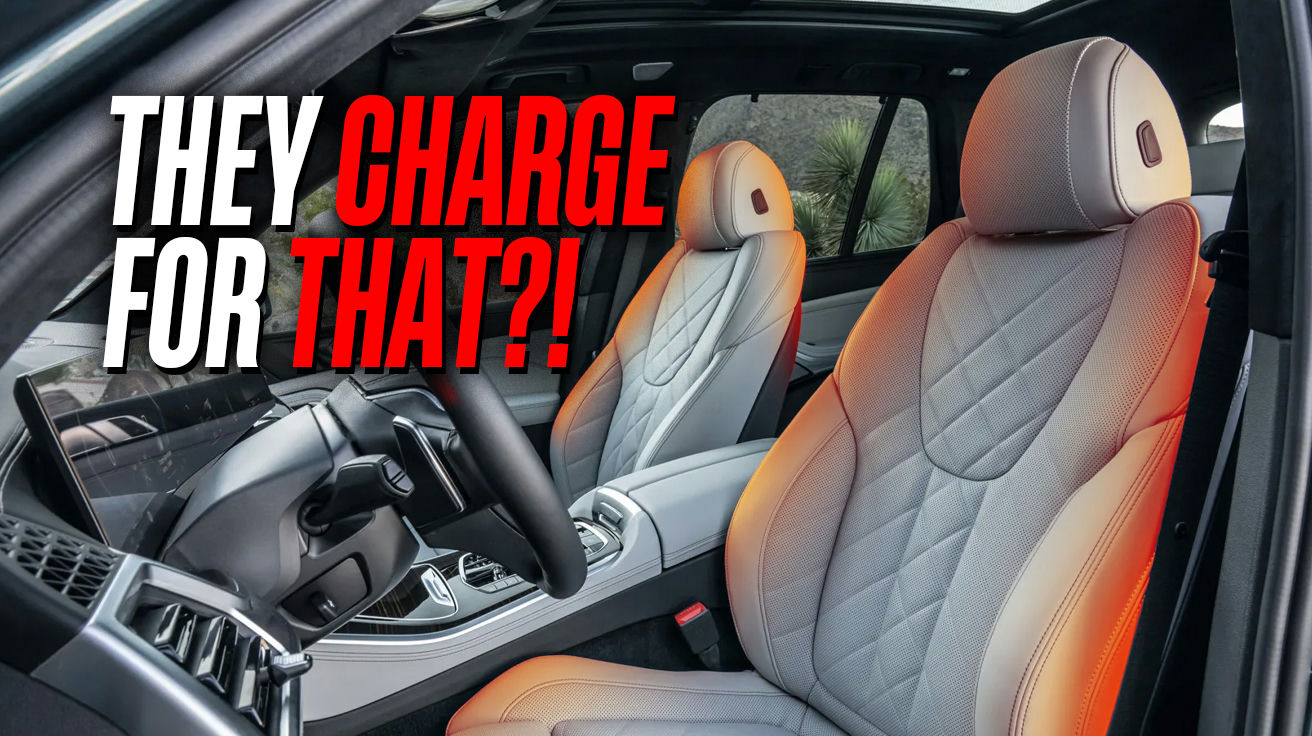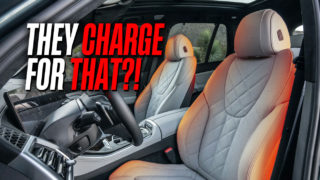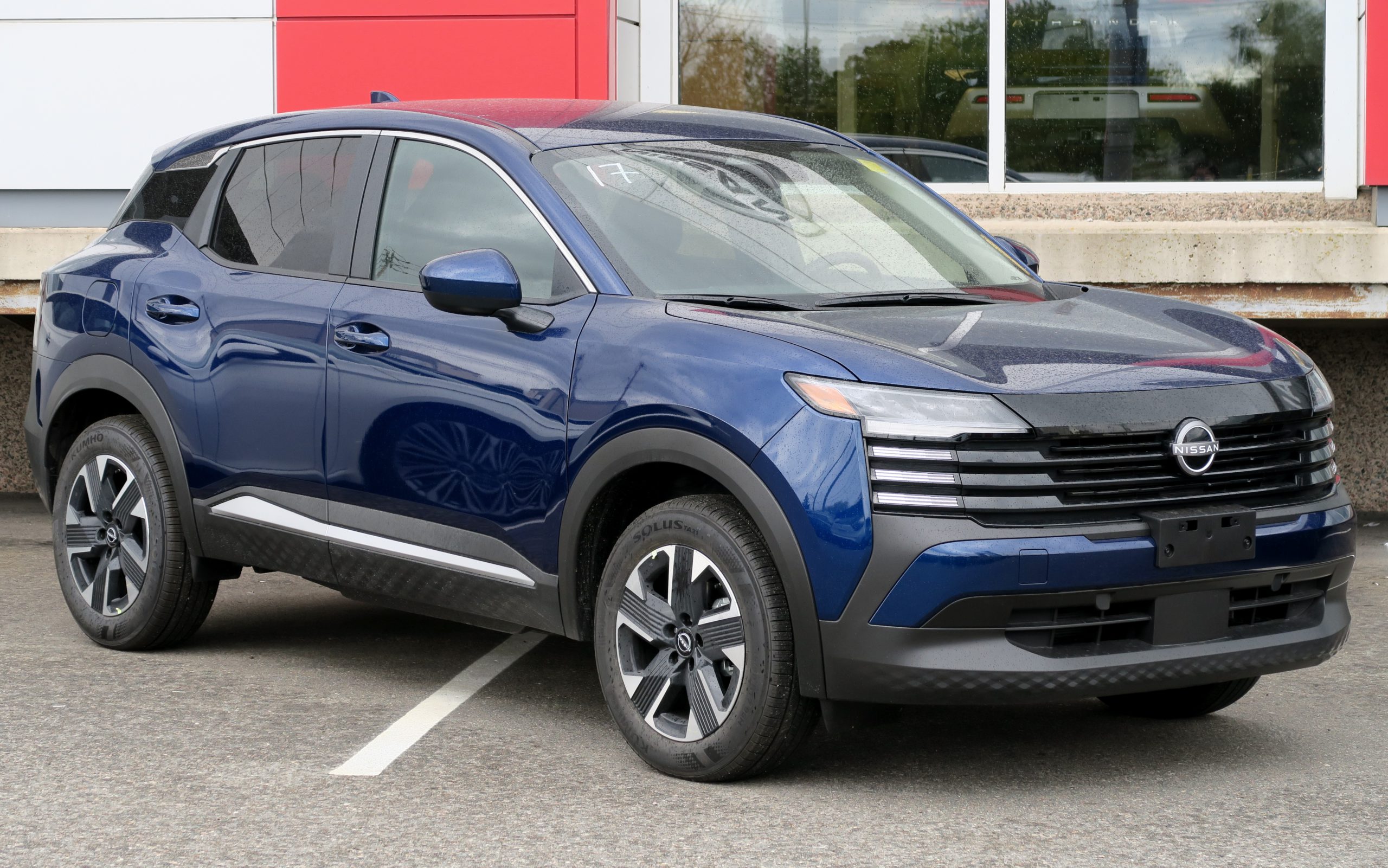Car manufacturers have quietly shifted the game over the past few years—taking features that once came standard and turning them into profit centers. What used to be basic equipment now requires subscription plans, premium packages, or hefty one-time fees. These changes reflect both manufacturers’ hunger for recurring revenue and the rise of software-defined vehicles where functionality can be locked behind paywalls. Anyone who’s shopped for a car lately knows the drill: what looks like a complete purchase often comes with asterisks and monthly charges.
10. Remote Start via Key Fob

Toyota made headlines when they began requiring customers to pay for Connected Services plans just to use remote start through their key fobs—functionality that previously worked without any subscription. The hardware remains identical, but the feature gets locked behind a paywall unless you cough up monthly fees. Other manufacturers have followed suit, treating remote start like a premium service despite the fact that the necessary components already exist in your car and key fob.
9. Apple CarPlay and Android Auto Integration
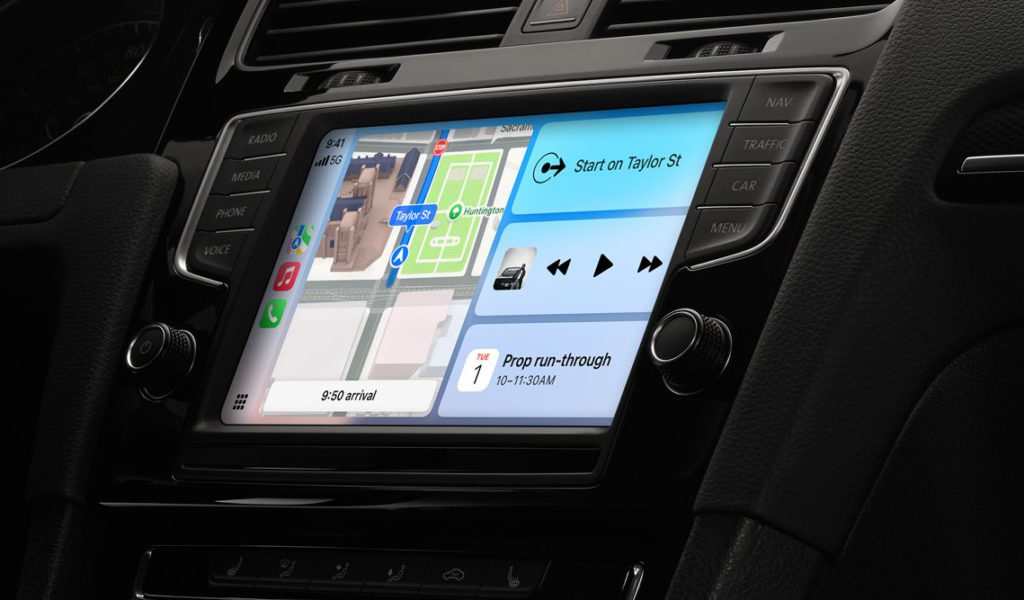
BMW famously attempted to charge an annual fee for Apple CarPlay access before reversing course after massive consumer backlash. While most manufacturers still include CarPlay for free, several now bundle phone integration features with premium connectivity packages that require ongoing payments. The irony stings: your phone does the heavy lifting, but car companies want to monetize the privilege of using your vehicle’s screen as a mirror.
8. In-Car Navigation and Live Traffic

Despite having all the necessary hardware pre-installed, many vehicles now charge for navigation activation, map updates, or live traffic data. These systems often mirror functionality available for free through smartphone apps, yet manufacturers position them as premium services. The absurdity reaches peak levels when considering that your phone’s GPS works better and updates automatically—but using the car’s larger screen costs extra.
7. Heated Seats and Steering Wheels
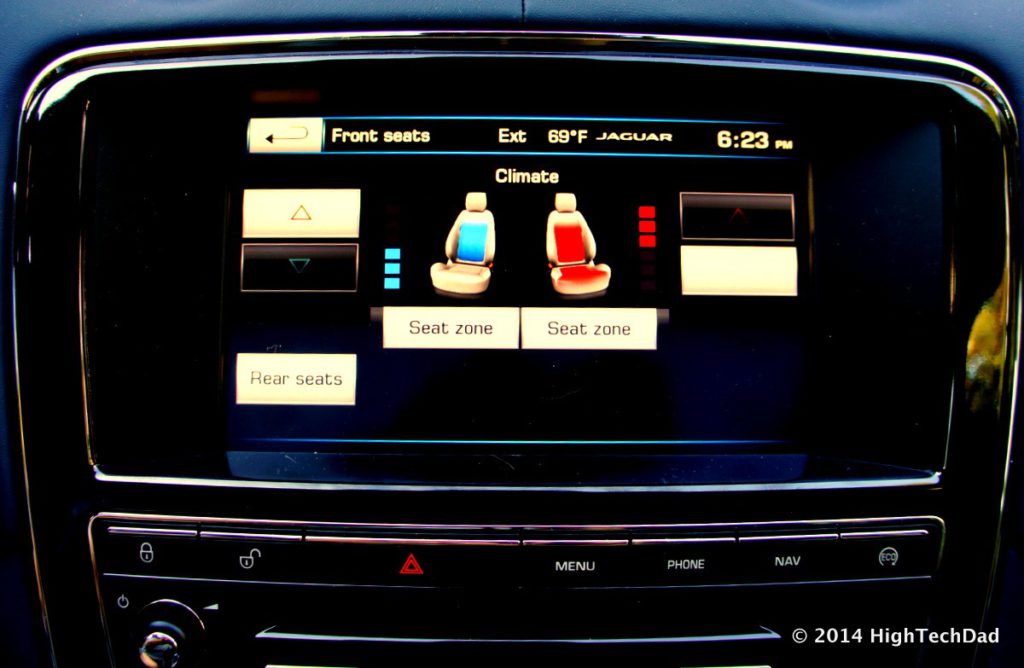
BMW trialed subscription models for heated seats in European markets, installing the hardware at the factory but requiring monthly payments to activate the warming function. Other luxury brands have experimented with similar approaches for comfort features like heated steering wheels and ventilated seats. This practice represents perhaps the most frustrating example of artificial scarcity: the capability exists in your car, but accessing it requires ongoing payments.
6. Garage Door Opener (HomeLink) Integration

Built-in garage door openers were once ubiquitous across vehicle lineups, included even in mid-range trims. Now HomeLink integration typically requires expensive convenience packages or gets excluded entirely, forcing owners toward aftermarket installations. The feature itself hasn’t become more complex or costly to implement—manufacturers simply identified another revenue opportunity.
5. Floor Mats and All-Weather Protection
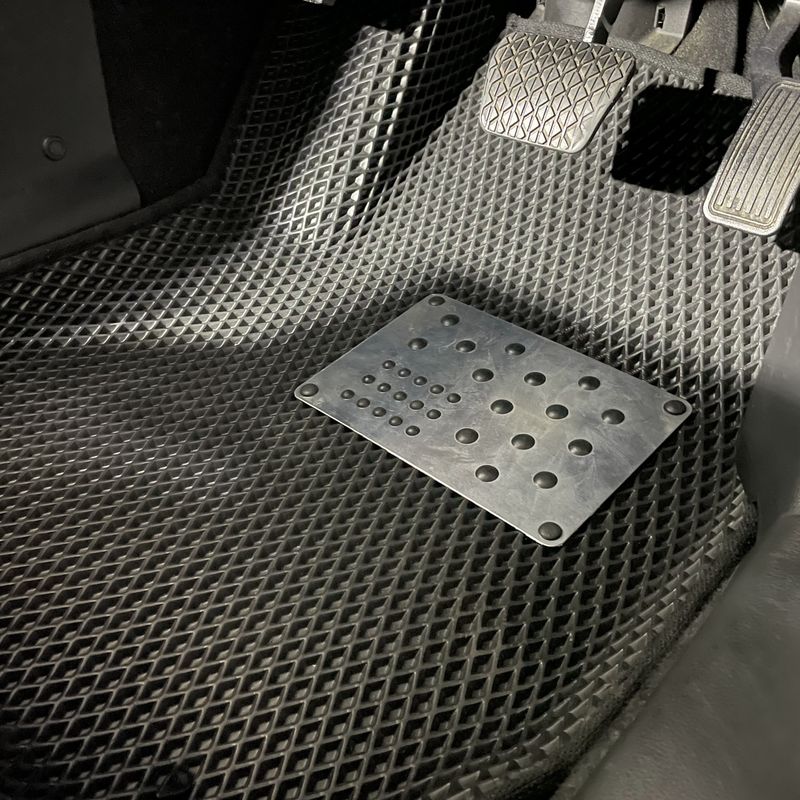
Branded floor mats were once standard delivery items, included with every new vehicle purchase. Today, dealers commonly exclude them from base packages, offering “premium” mat upgrades at significant markups during the sales process. All-weather rubber mats, once considered basic protection, now command premium prices as optional accessories rather than standard equipment.
4. Spare Tires and Roadside Tools
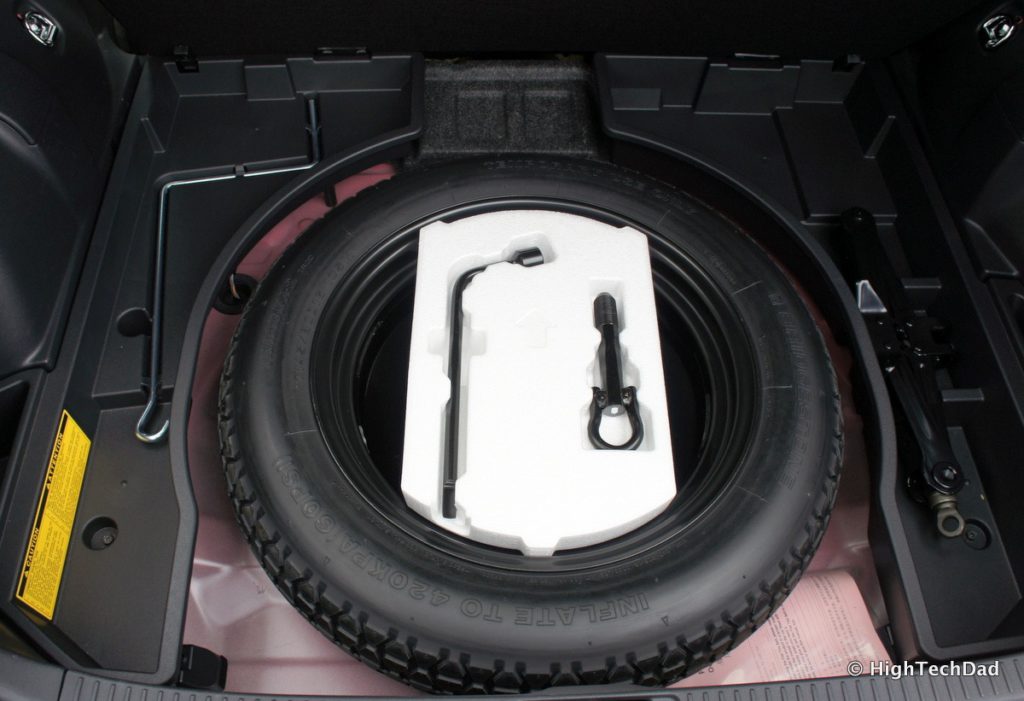
Full-size spare tires have largely vanished from standard equipment lists, replaced by temporary “donut” spares, tire repair kits, or nothing at all. Manufacturers cite weight savings and trunk space, but the real motivation involves cost cutting and pushing customers toward roadside assistance subscriptions. Jack and lug wrench sets, once considered essential safety equipment, now appear as optional accessories or get eliminated entirely.
3. Remote Vehicle Monitoring and Alerts
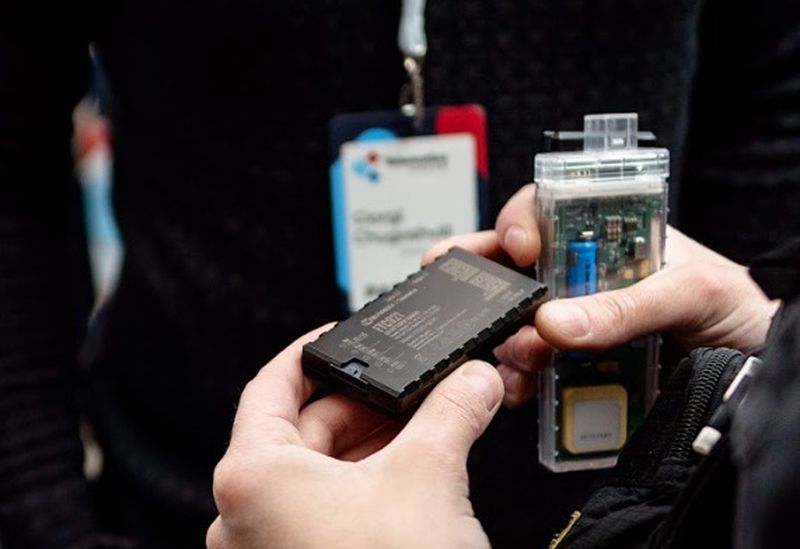
Smartphone apps that provide vehicle status, remote lock/unlock capabilities, and theft alerts typically start as free trials before shifting to paid subscriptions. These services leverage the same cellular connectivity used for emergency features, yet manufacturers treat them as premium offerings. The functionality costs virtually nothing to provide once the hardware exists, making the subscription model pure profit extraction.
2. Performance Software Upgrades

Tesla and Mercedes-Benz offer performance enhancements through software updates that unlock capabilities already present in the vehicle’s hardware. These “upgrades” don’t require physical modifications—they simply activate power or acceleration improvements that were artificially limited. The practice transforms your car into a subscription service, where full performance requires ongoing payments or hefty one-time unlocks.
1. Wireless Phone Charging and USB Ports
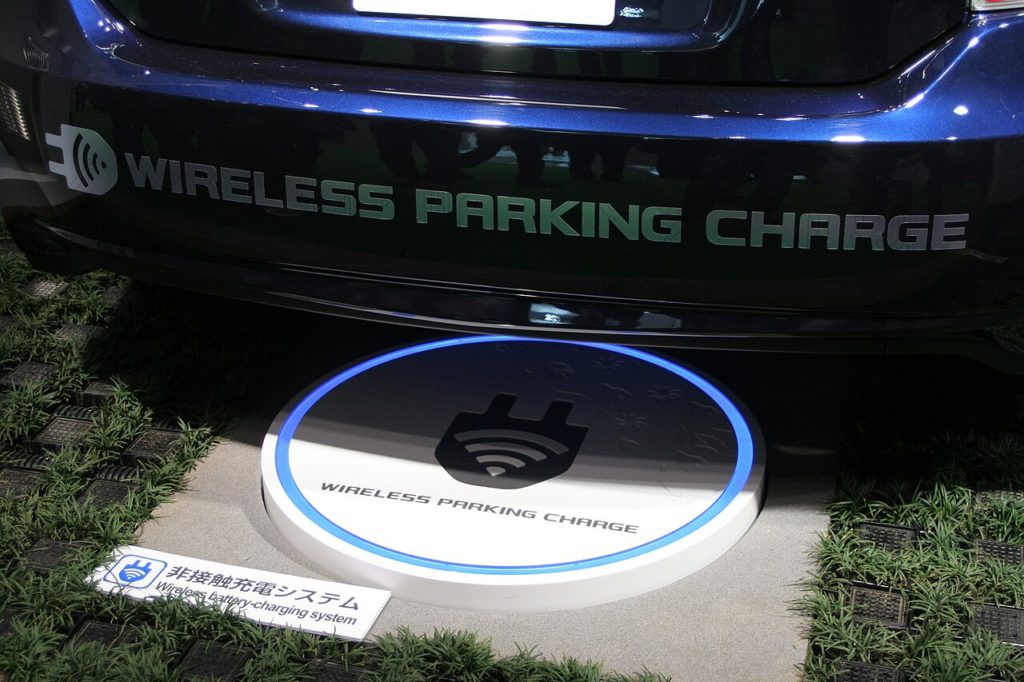
Wireless charging pads and additional USB ports increasingly appear only in higher trim levels or expensive technology packages, despite their low implementation costs. Multiple USB ports were once standard across most vehicles, but manufacturers now limit base models to minimal connectivity options. Wireless charging, despite becoming standard in budget smartphones, remains a premium automotive feature that commands significant upcharges.


